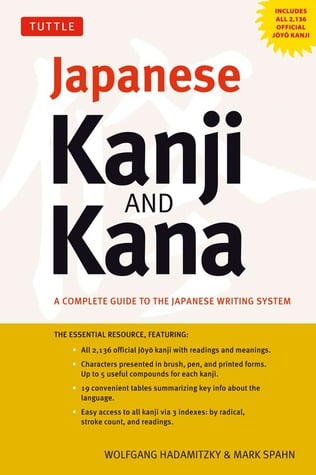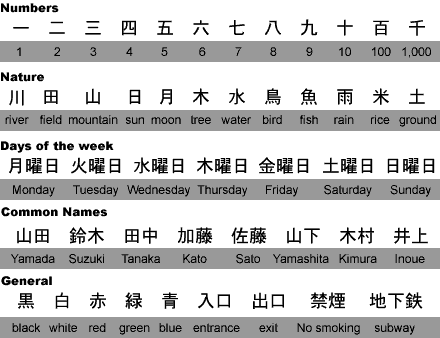Three months may seem like a long time depending on what we’re talking about, but for learning a language, it’s a very short time. Japanese in Three Months makes it possible to get a good grasp of a brand new language in a short period of time. All it takes is Hugo’s simplified system, plenty of practice and in three months you could go from knowing nothing to having a clear understanding of the Japanese language.
Overview
The “Hugo simplified system” is a method where the lesson material is first worked on in English and then Japanese is introduced as the lesson progresses. In each lesson, common verbs and phrases are also grouped together in a specific way to make the new information easier to remember. This method is a good technique but it requires some focus and discipline on the student’s part.
Throughout the book there are 20 chapters which focus on a more technical form of Japanese which places very little attention on conversational skills. For example, the units focus on teaching grammatical aspects (relative clauses, the causative form, indirect speech etc.) in a very organized and structured manner. Lots of important language points are also taught throughout the chapters including expressing interests, comparing, and making predictions. The book has many dialogues that are written in English and Romaji (Japanese written in the Latin alphabet) so it’s easy to decipher how to say what you’ve just read. There are also lots of explanations, translations and exercises. Most of the exercises in each unit consist of translating English sentences into Japanese, which may be a bit repetitive. All of the Japanese sentences and texts are also translated into English so anyone can work with this book even if they don’t have any previous knowledge of the language.
In each unit, the student will learn different grammar points ranging from the simple (verbs, questions, verb tenses etc.) to the more complex structures (idioms, indirect speech, passive voice etc.). In every lesson there are usually sample dialogues in English and Japanese, vocabulary lists, translation exercises and some key notes that give extra information about certain phrases. This flow is maintained throughout each lesson and it helps students gain a proper rhythm and comfortably move on to the next units.
Pros
· There are clear explanations for each grammar point with plenty of examples and simple translation charts.
· Covers a lot of important information in each unit and a lot can be learned in a short period of time.
· The book can be useful for absolute beginners and intermediate students.
Cons
· Too much text and no images
· More grammatical than conversational. Although the book is made for solo learners it has a very classroom style to it.
· The exercises are a bit bland since they’re all the same (translation exercises)
Recommended For
· Very committed learners who want to learn a lot in a short time.
· People who enjoy learning simply by reading and studying information in a book.
· People who are travelling to Japan and need to learn the basics of the language in a short period of time.
Overall, this book can actually teach you a good deal of Japanese in three months but I feel it would require some speaking and listening practice on the side to make the course complete. Although the book could use some improvement, it could come in handy if you’re the type of student who simply wants to learn Japanese grammar in a short period of time.




